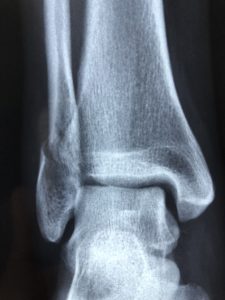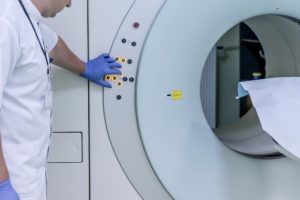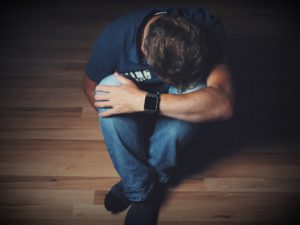Can Ketamine Be Used to Treat RSD?
I’m Ed Smith, an RSD Attorney. There are many diseases out there that cause people to live in chronic pain. For people who struggle with this on a daily basis, they are familiar with the quality of life issues that it can cause. Some of the issues that people with chronic pain struggle with include:
- Strained relationships with family and friends
- Trouble sleeping at night
- Medication addiction related to the use of opioids and narcotic medications
- Depression and a feeling of despair
- Difficulty with time missed from work or school
One of the often overlooked diseases that cause chronic pain is Reflex Sympathetic Dystrophy (RSD), also known as Complex Regional Pain Syndrome. People who suffer from this syndrome can have chronic pain that makes it difficult to move, joint stiffness, swelling, mobility issues, and even changes in their skin, hair, and nails. Without a doubt, one of the worst symptoms of this disease is the chronic pain. For many people, multiple different treatments are employed to try and blunt the pain. Some of the treatment options include:
- The use of narcotic or opioid pain medication
- Sympathetic nerve blocks
- Total sympathectomies where the sympathetic nerves are transected
Sometimes, even this isn’t enough to dull the pain. Fortunately, there is another option available for people suffering from RSD. It is a medication called Ketamine.
Research Articles: The Use of Ketamine to Treat RSD
Several years ago, when RSD was called CRPS, an article was published by research professionals named Harbut and Correll. In their case report, they reported on the successful treatment of an adult patient with an IV infusion of ketamine. This woman had struggled with CRPS for close to a decade. After this was reported, a team of researchers conducted a large-scale research study to see if ketamine could be used to treat RSD or CRPS.
Research Study Results
The results of the research study were published in Pain Medicine, which is the official journal published by the American Academy of Pain Medicine. More than 30 patients received a ketamine treatment during the duration of this study. About a third of the patients had a relapse of their pain and required a second treatment. Only two of the patients needed the third treatment. The results of the study were remarkable. Only two of those patients reported no relief of their pain. More than 75 percent of the patients said they had total relief with the ketamine treatment.
Relapse of Pain
The patients were followed closely after receiving the treatment. More than half of the patients reported remaining entirely pain-free for more than three months. About a third of the patients said that they had no pain after six months. After receiving the second treatment, more than half of the patients remained free of pain for a year. A third of the patients remained totally pain-free for more than three years. This indicates just how effective ketamine can be in the treatment of pain related to RSD or CRPS.
Side Effects of Ketamine
Like any medication, ketamine can have some side effects that people should know of in advance. The most frequent side effect that patients noted was the feeling of being inebriated. Some of the other side effects include:
- Dizziness
- Vertigo
- Nausea
- Liver inflammation, called hepatitis
In the case of hepatitis, the infusion of ketamine was stopped immediately. This side effect is uncommon.
Help is Available
Even though some individuals may feel hopeless when it comes to chronic pain, it is essential to know that help is available. The results of this study show that there are options out there even for people who have had chronic pain for years. Furthermore, it can be helpful to meet with an RSD attorney if your injury was caused by the negligence of someone else. An injury lawyer has been through cases like this before and can place you and your family in a position to be successful. Please call today with any questions.
Related Articles by Ed Smith
Compassionate and Experienced RSD Injury Lawyer
I’m Ed Smith, an RSD Attorney in Sacramento. If you or a family member have developed chronic pain from Reflex Sympathetic Dystrophy, please give me a call at (916) 382-0693. I would be happy to share some free, friendly legal advice to those in need.
All of my visitors may look through our sample results here.
The Creative Commons CC0 License has permitted to use this image found first on PIxabay.
:dr llo [cs 769]




